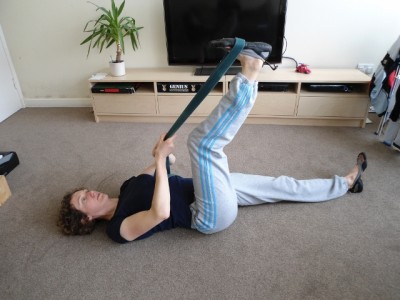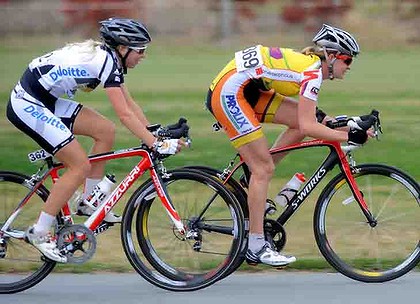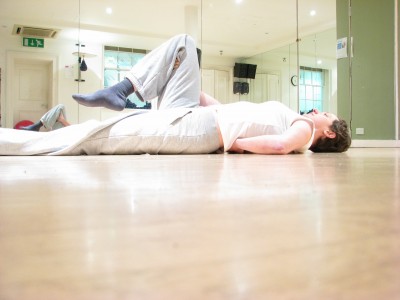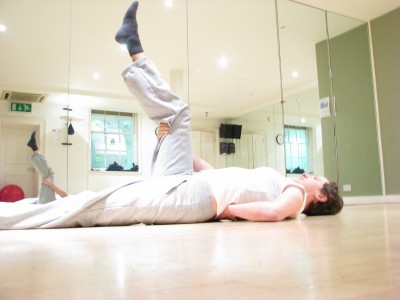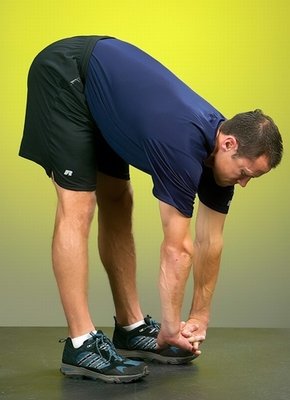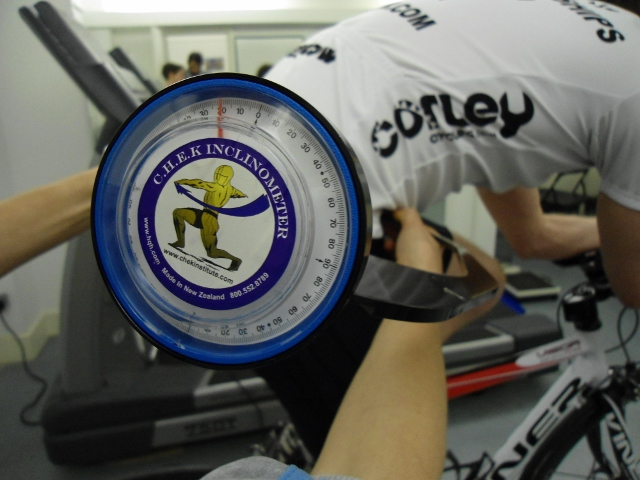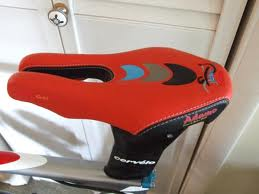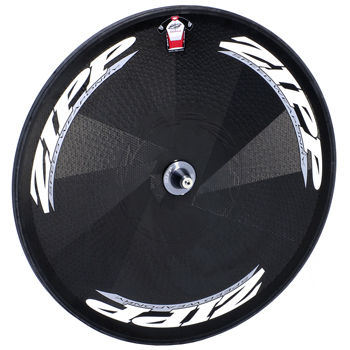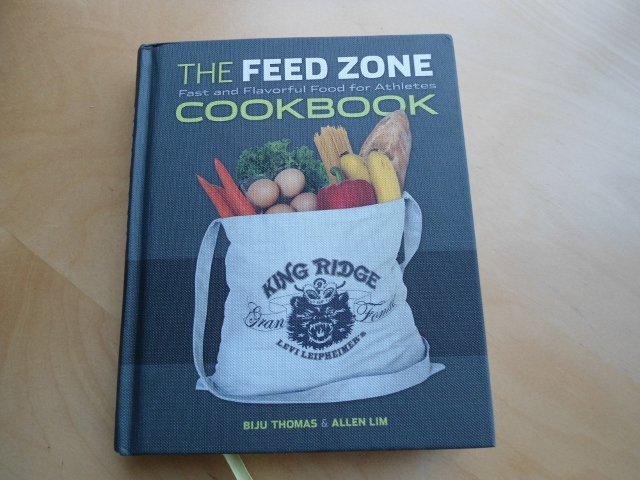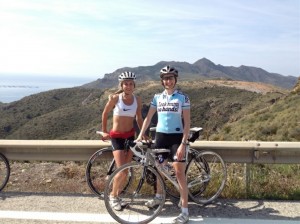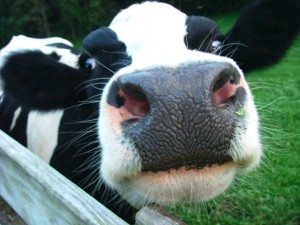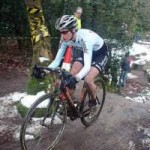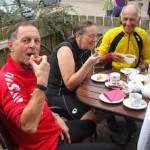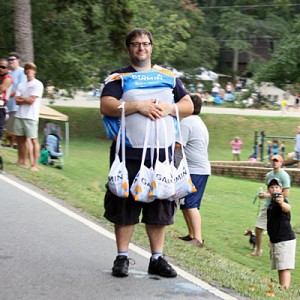My trip away the weekend before last with Rpm90 was not without its trials and tribulations. First, and rather critically, my bike bag (with bike and all my clothes) never made it onto the plane. I experienced one of those tragic lonely moments in arrivals at Pisa airport where all the other travellers disperse and there is only the scuffing whir of an empty luggage carousel to break the quiet. This was not how it was meant to start.
“There was a message”, said the nice Italian lady with a heavy Italian accent. “Your bag. It is at Gatwick”. Oh dear.
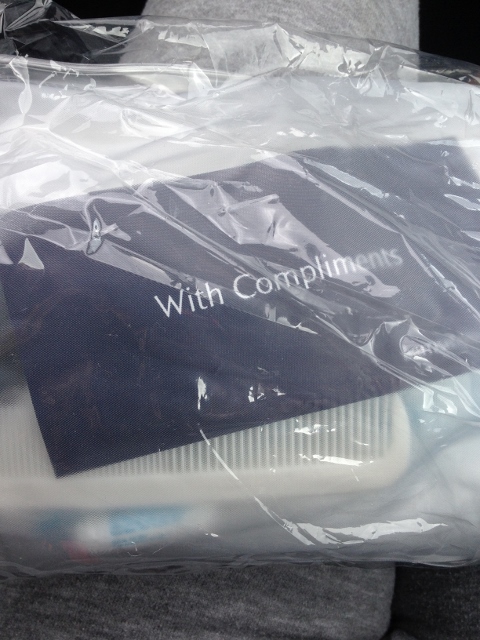
BA emergency pack. There would have been more of an emergency if I had applied that comb to my hair.
A frantic few hours with Rpm90’s Nick followed where we went into ‘triage’ overdrive.
What do we need? What can we do without?
It was all about the shoes.
We must find some cycling shoes, and we must find them within the next couple of hours. A frantic tour of Pisa central followed. Well, not that frantic actually because once you turn into the streets around the student area you are not going anywhere fast. A fleeting glimpse of the leaning tower was included as we rounded one corner, but we experienced an epic fail on this first phase of our shoe hunting escapade.
Plan B followed whereupon picking up Alun (our last client to arrive) we did a *slight* detour to a ‘Decathlon’ we had located on the trustworthy phone nav. And at only our second attempt we found a store and bought the cheapest, only-one-size-too-big cycling shoes available, and headed at last to our destination, La Valais Luxury Hotel in Radda in Chianti.
The hotel for our stay in Tuscany is just fabulous. Stone built, ornately decorated and just, well - fabulous (and indeed this was the eloquent summary given by several Americans at reception on our arrival). The food at the hotel is spectacular too (running out of superlatives), and accompanied by plenty of the local wine (sucks on teeth in Anthony Hopkins style). It had been a pretty exhausting and emotionally draining start to the weekend, so it was good to sit down to dinner (albeit somewhat underdressed) and meet the clients we would be riding with over the next few days.
Fortunately for me, Rpm90’s James is somewhat vertically challenged and so with the saddle shoved up an inch or so, his bike fits me rather well. His cycling kit doesn’t fit me too badly either and we have known each other long enough to share a chamois (clean, obviously, and not at the same time). What James lacks in height he makes up for in shoulder width, so the 44cm handlebars were perhaps a touch on the wide side for me, but together with the dodgy new shoes I embraced the challenge and we hit the road.
Our first day of ‘orientation’ was pretty relaxed and allowed us to get to know the riders and for us to settle back onto our bikes (or someone else’s). Most of the roads around Radda are smooth and well maintained, an instant and welcome contrast for me from many of my regular roads in Kent. First impressions for clients who are new to Tuscany are of the unending nature of the hills, of which there are many. The terrain is constantly up and down, and even the valley roads have that relentless rolling aspect that make for great training. Not always steep, but rarely flat, for those who weren’t expecting it, the opening day, with its 7km ‘tester’ climb offered a nice little nibble at the main days activities for Saturday.

Demon descending buddy on day 1: Alun
The Rpm90 trip to Tuscany is all about experiencing this undulating terrain, but in particular taking in some of the Strada Bianchi (white roads) that make up the route for the classic L’Eroica’ ride (that took place the weekend before our trip), and the neo-classic race (also called Strada Bianchi) that is part of the UCI pro calendar in spring. Having had a little taste of the Strada on the Friday, our route for the Saturday was to take in some longer sections before lunch, and then we would split the group for the return journey, with the stronger riders smashing up more gravel and the rest of us opting for the more scenic but still fairly gruelling return.
When I did this same trip with in the spring of this year my memory is of the green rolling hillsides surrounding Siena, and the views of these afforded by way of being off the beaten track, or indeed on it, via the white gravel roads. This time, now in October, the views were no less spectacular, but this time the palate was made up of browns, greys and even purples, with the fields that were glowing green in spring having been thickly ploughed since.

Even the ‘white roads’ were a light brown, which mixture of mud and dust spattered us from head to toe as we munched our way along the gravel to our lunch stop on Saturday. The weather was wet, but warm, and I rather enjoy the combination and the added technical challenge it brought to the already somewhat tricky riding. Our riders were adapting well, and though challenged I hope were enjoying the experience too.

Either mass murder was about to take place, or the restaurant had heard that we might be a bit damp and muddy.
Our lunch stop was at Lucmpemsi at the end of our longest section of strada for the morning, by which time one or two cleats had become a bit clogged up and mud had crept into every orifice. Hot food on a wet day is always welcome, and the food here is particularly warming with my personal favourite cauliflour, eggy, omeletty thing on the menu once again.
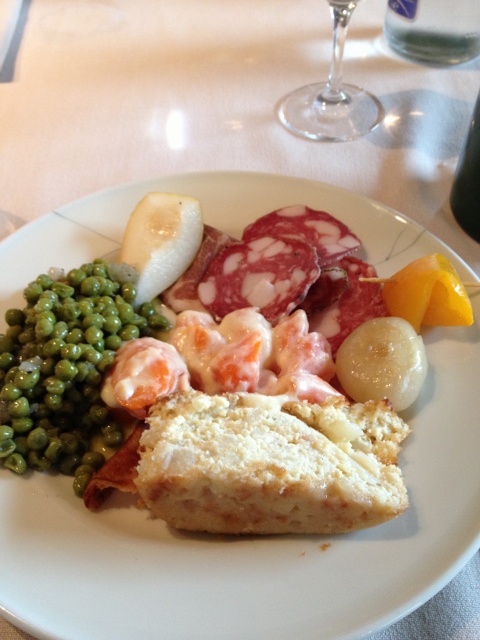
Great wholesome food. Gluten free. Happy days :)
Having filled up on this hearty traditional Italian food, topped off with a quick espresso to avoid the post lunch slump we headed back in our two groups towards Radda. My group was taking in more tarmac on the way home, with just one or two short sections of Strada to break up the rythmn of the black stuff.
What I love the most about riding in Tuscany is the views. Obviously you get lovely views in lots of places you might ride your bike, but here you always seem to be summiting a hill, and at every summit you are rewarded with a 360 degree panoramic scene of hill top houses each serviced with a gravel road lined with cypress trees. For me this gives you a frequent sense of achievement, and the reward is never too far away from your effort. The weather was changeable on the return journey but for me the moody purple clouds, together with the fresh air that you only get between heavy showers made the scene all the more appealing. Largely we were riding on smooth, relatively ‘main’ roads, but there was little traffic, and this quiet luxury allowed my mind to happily wander.
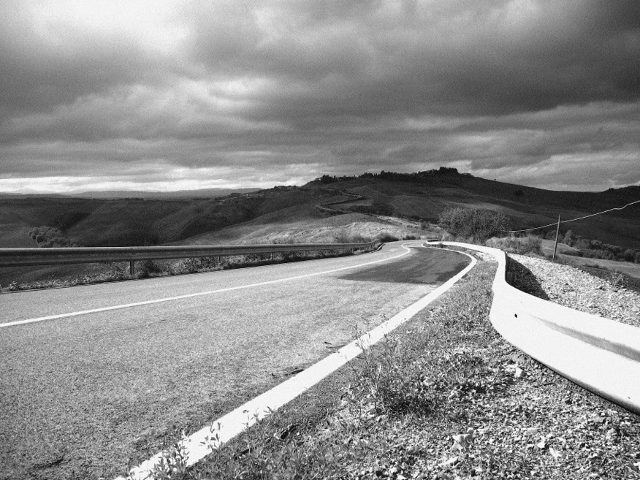
As the day wore on, my legs were reminded that as well as being beautiful, the Tuscan terrain is what one of our riders called ‘fit-making’. The constant hills, including some short sharp, shoving ones on the Strada tests the legs and builds of progressive sort of fatigue. Coming into Pianella, only 20Km or so from our Hotel mostly along a valley, my little cohort of pedalling adventurers settled in line behind me and we tapped out the route at a very constant tempo. Feeling the fatigue in my legs and knowing that we were all suffering, I was careful to maintain a constant pressure on the pedals for my own sake as much as everyone else’s, and we fell into the sort of amicable silence you get when both the brain and legs are numbed by the physical challenge. Luckily, both groups ended up coming into Radda at the same time in the sunshine, so we were able to appreciate some smug group satisfaction and fight over the food in the local supermarket.

For the final day of riding I was at last reunited with my own bike that had arrived by courier from Pisa on Saturday afternoon. This allowed James to finally get on the road himself and we all rode steadily with tired but happy legs into Siena for coffee in the famous Piazza del campo on Sunday morning. The Autumn sun was a little warmer on the face and shoulders than in the spring, and just warm enough to make it comfortable to sit out in the fresh air without any chill at the edges.
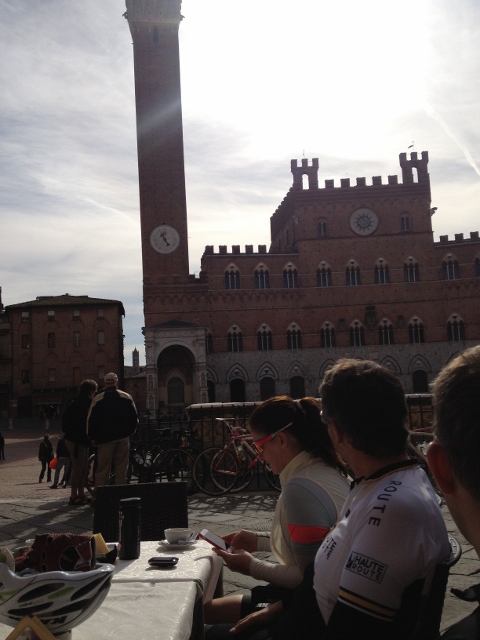
Sitting back in the square I felt a sense of happy symmetry with these two trips that have book ended my summer season. In the spring it had been a bit colder, and I had been a bit less fit. The routes and roads had been new and challenging and working with the Rpm90 boys was still a relatively new experience. This time around I was in a more confident place, and in spite of the drama of the bike bag I felt content in the knowledge that the trip had gone well, and everyone including me had enjoyed a unique riding experience.
I hope to be back for more in Spring 2014. If you fancy a piece of the action check it out at http://www.rpm90.com/packages/tuscanycycling-2014/









